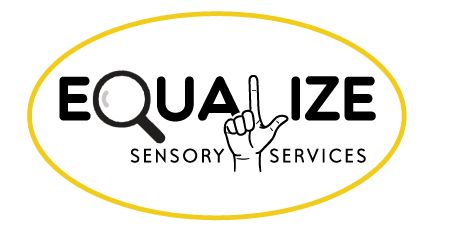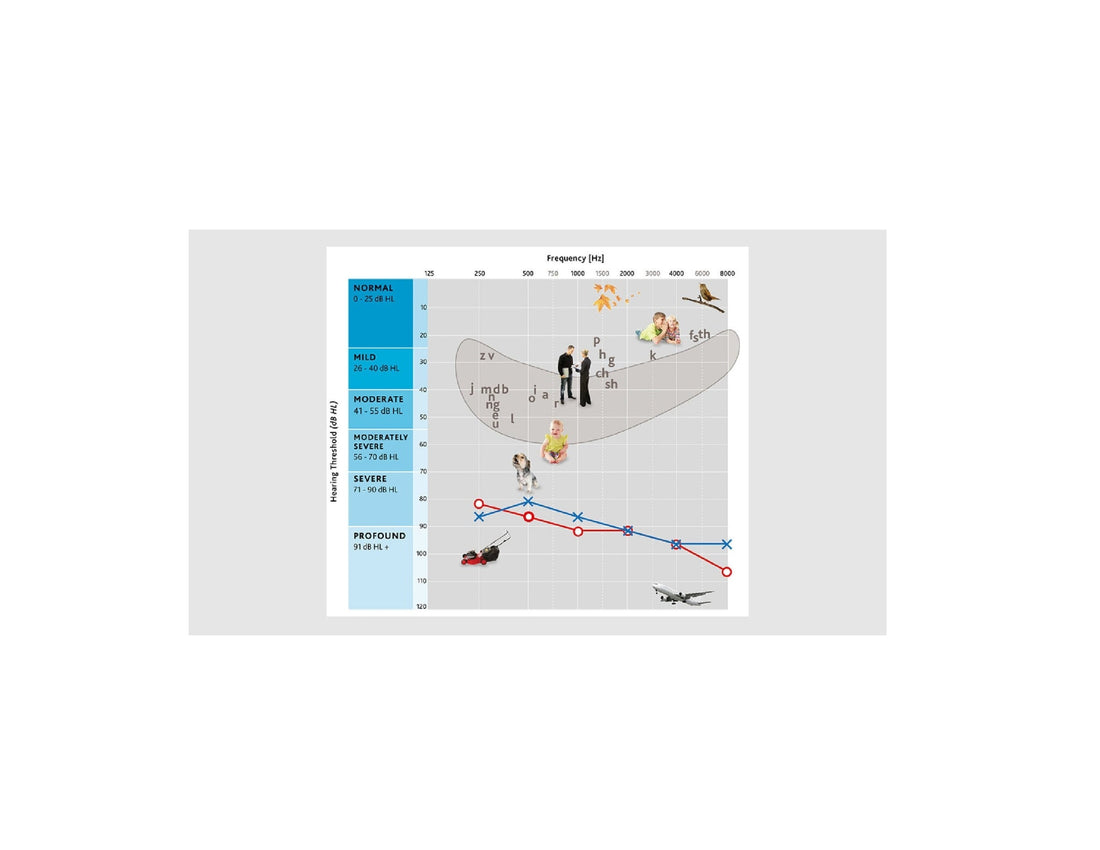Degrees of Hearing Loss and Their Potential Impact in the Classroom
By Jillian Morency, Teacher of the Deaf
Continuing with our theme of answering the most common questions teachers have about hearing loss, I’d like to review the degrees of hearing loss that we may see listed on an IEP and what they mean regarding speech perception. While each child’s hearing is inevitably unique, there are five main ranges of hearing loss that we will see mapped on a student’s audiogram. A student’s hearing loss may fall into different degree ranges across decibels and frequency thresholds, and a child will likely have different levels in each ear. Reading an audiogram can get complicated! This is just one of many reasons why audiologists are such a crucial part of a student’s support team. While there is a lot to cover in terms of understanding degrees of hearing loss and their impact in the classroom, this is a very brief review of the most important basics to a foundational understanding.
Mild Hearing Loss: 26-40 dB
With mild hearing loss, it may be difficult to hear very soft-spoken people or young children who speak with a higher pitch. They may hear louder or more intense vowel and consonant sounds with ease but may struggle to hear softer consonant sounds such as /t/, /th/, or /s/. It may be more difficult to hear conversational speech at a distance or in background noise.
Moderate Hearing Loss: 41-55 dB
Hearing loss within the moderate range, falls directly within what is lovingly called the “Speech Banana” by audiologists and Teachers of the Deaf and Hard-of-Hearing. This means that there will be deficits in perception of many consonants and vowels. Individuals often describe it as “the ability to hear, but not to understand.” Hearing aids are required to understand normal speech and unaided, or in noise, a student may also rely on speech reading and visual cues.
Moderately Severe Hearing Loss: 56-70 dB
Unaided, an individual with moderately severe hearing loss will be unable to hear speech at a regular volume. Even with hearing aids, students may have a hard time understanding speech without additional support. Increasing the volume of the hearing aids may not always result in a clearer perception of speech. Families may explore other options to aid in communication such as signed support, cued speech or cochlear implantation.
Severe Hearing Loss: 71-90 dB
The severe hearing loss range exists well below the “Speech Banana”, meaning all speech and many loud sounds such as phones ringing or dogs barking will be difficult to hear. While high powered hearing aids might be beneficial, other options for support may be necessary such as ASL, cued speech or cochlear implantation.
Profound Hearing Loss: 91 dB and higher
With profound hearing loss, even sounds such as lawn mowers, airplanes or helicopters may be difficult to hear. Even the most high-powered hearing aids may only be of minimal assistance in detecting most sounds. Cochlear implants will be required for auditory speech perception. ASL and cued speech are examples of other options for communication.
If you or any of your colleagues or students’ families have questions about the implications of hearing loss in the classroom, please reach out to a Teacher of the Deaf and Hard-of-Hearing from Equalize Services or contact an Educational Audiologist. Some additional resources that I used in this article are also available at: hearinghealthfoundation.org or asha.org.

